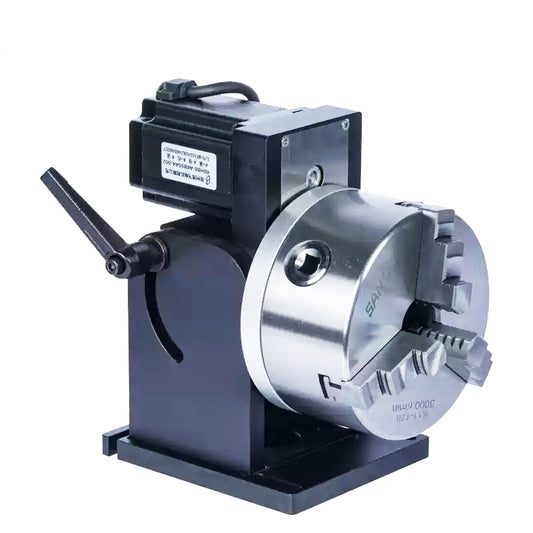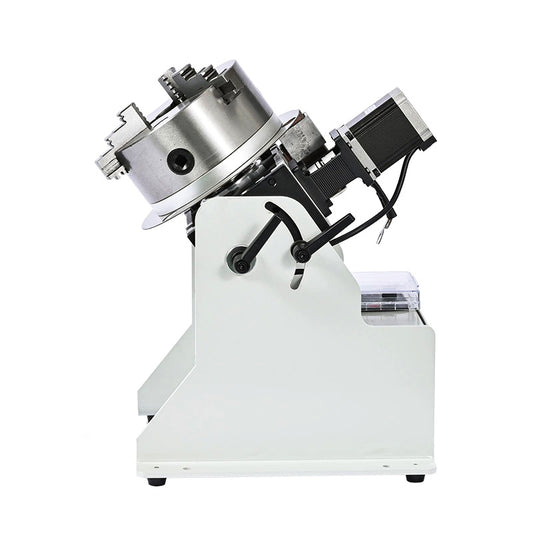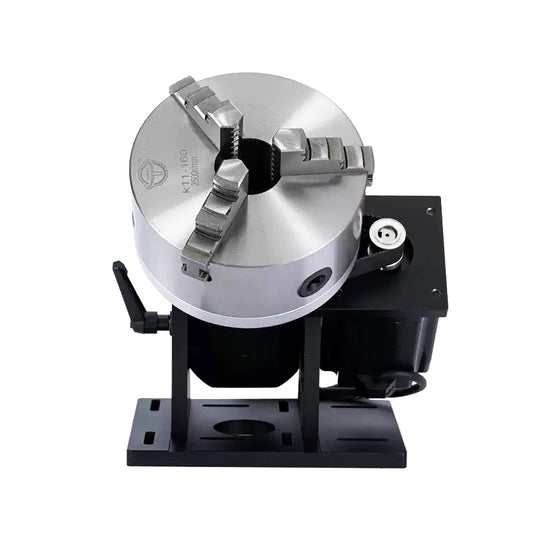What is a Welding Positioner and Why Do You Need One?
Share
Welding is a craft that demands precision, efficiency, and consistency. For professionals and hobbyists alike, achieving high-quality welds often means relying on specialized equipment that optimizes the process. One such indispensable tool is the welding positioner. But what exactly is a welding positioner, and how can it revolutionize your welding projects? Let’s dive into the details.
What is a Welding Positioner?
A welding positioner is a mechanical device designed to securely hold and rotate a workpiece during welding operations. It provides welders with the ability to position their material at the optimal angle for precise, consistent, and ergonomic welding. These devices come in various sizes and configurations, catering to projects ranging from lightweight components to industrial-scale structures.
Key components of a welding positioner typically include:
Rotary Table or Tilt Table: Allows controlled movement of the workpiece.
Clamps and Fixtures: Ensure the workpiece is securely held.
Speed and Angle Controls: Offer fine-tuned adjustments for rotation and tilt.
Load Capacity: Defines the maximum weight the positioner can handle, such as 30-50kg models for small to medium-scale applications.
Why Do You Need a Welding Positioner?
Welding positioners bring a host of benefits that can significantly enhance the quality and efficiency of your work. Here are the top reasons why you should consider using one:
1. Improved Precision and Quality
Welding positioners allow you to maintain a stable and consistent welding angle, which minimizes the risk of defects such as uneven beads or misaligned joints. This precision is particularly critical for high-accuracy tasks, such as TIG welding or welding cylindrical objects like pipes.
2. Enhanced Ergonomics
Manually maneuvering heavy or awkwardly shaped workpieces can be physically demanding and prone to error. Positioners reduce strain by enabling welders to work in a comfortable, ergonomic position, which also helps prevent fatigue during long projects.
3. Increased Productivity
By eliminating the need to manually reposition workpieces, welding positioners save valuable time. They streamline operations, allowing for smoother transitions between welds and reducing downtime. This efficiency is a game-changer for businesses working on tight deadlines or batch production.
4. Greater Safety
Working with heavy materials often poses risks. Welding positioners mitigate these risks by securely holding the workpiece in place, reducing the likelihood of accidents or material shifts during welding.
5. Versatility Across Applications
From small-scale fabrication to industrial manufacturing, welding positioners can handle diverse tasks. They are especially useful for:
Welding pipes, tubes, and cylindrical objects.
Joining intricate or irregularly shaped parts.
Multi-pass welding, where precision is key for layered welds.
Choosing the Right Welding Positioner
Selecting the best positioner for your needs depends on several factors:
Load Capacity: Ensure the positioner can handle the weight of your workpieces (e.g., 30-50kg models for medium-sized tasks).
Rotation and Tilt Range: Look for models with adjustable controls to achieve the desired angles.
Application: Consider whether you need a positioner for specific tasks, such as pipe welding or high-precision work.
Conclusion
A welding positioner is more than just a convenience—it’s a vital tool that improves the quality, safety, and efficiency of your welding projects. Whether you’re fabricating small components or tackling complex assemblies, a welding positioner can help you achieve professional-grade results with less effort. Investing in the right positioner tailored to your needs will not only elevate your work but also set you apart in the competitive world of welding.
So, if you’re looking to take your welding skills to the next level, a welding positioner might just be the missing piece of the puzzle.






